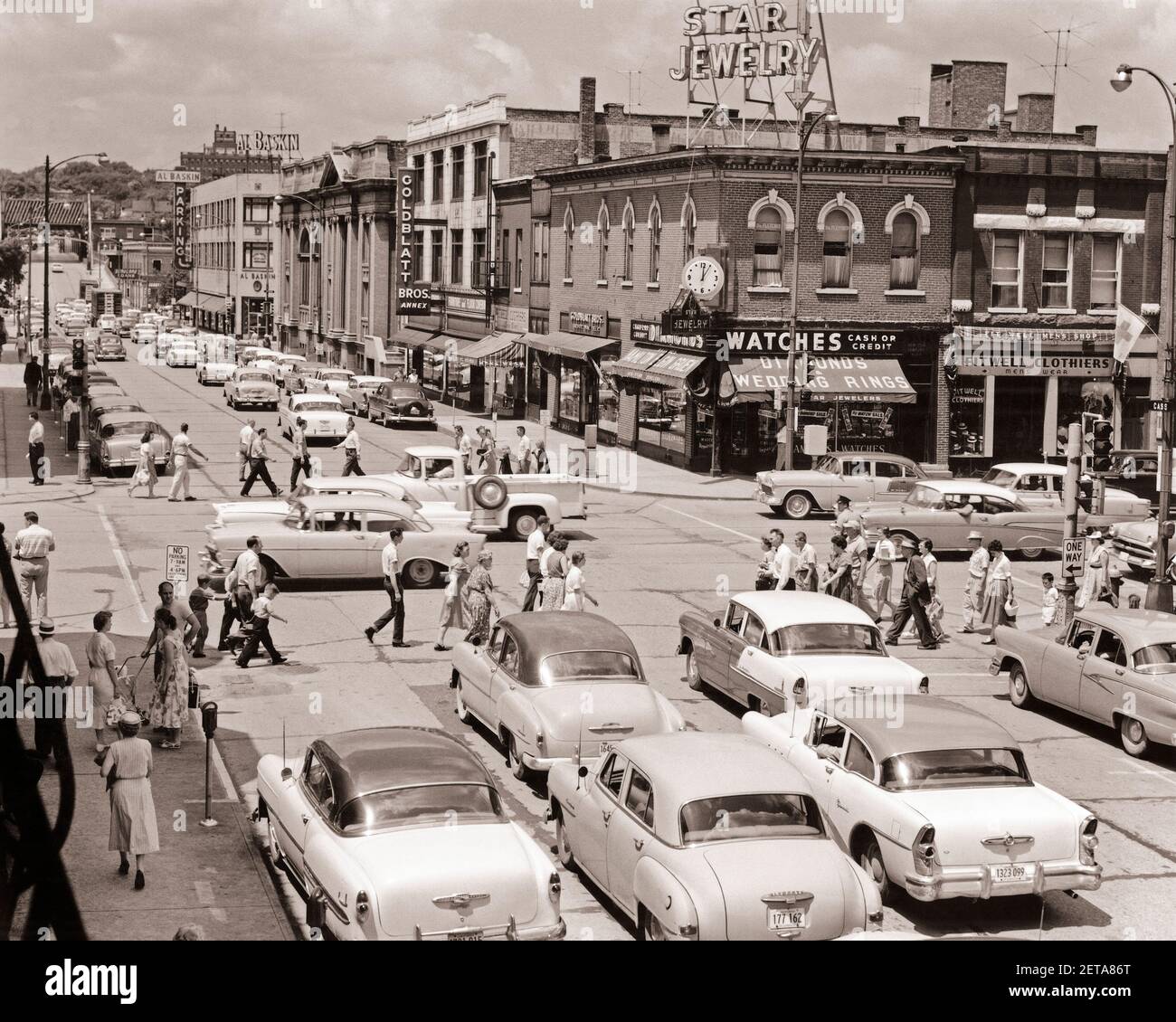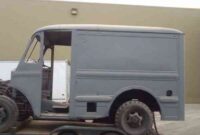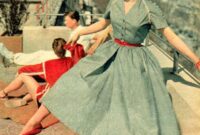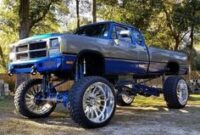1950’s Trucks For Sale: A Comprehensive Guide to Owning a Piece of American History pickup.truckstrend.com
The roar of an inline-six, the unmistakable lines of a curvaceous fender, the glint of chrome on a classic grille – these are the hallmarks of 1950s trucks, vehicles that transcend mere transportation to become rolling works of art, symbols of an era, and cherished pieces of American heritage. For many enthusiasts, the search for "1950’s Trucks For Sale" isn’t just about finding an old vehicle; it’s about discovering a project, an investment, a statement, or a nostalgic journey back to a simpler time. This comprehensive guide will navigate the exciting, sometimes challenging, world of acquiring these iconic machines, offering insights, practical advice, and a roadmap for turning your classic truck dream into a reality.
The Allure of Vintage Iron: Why Buy a 1950s Truck?
1950’s Trucks For Sale: A Comprehensive Guide to Owning a Piece of American History
The 1950s were a pivotal decade for the American automotive industry, a post-war boom era marked by innovation, style, and a burgeoning consumer culture. Trucks, once purely utilitarian workhorses, began to adopt more passenger-car-like comforts and aesthetics, reflecting the optimism and prosperity of the time. This unique blend of rugged utility and emerging design sophistication is precisely what makes 1950s trucks so appealing today.
- Nostalgia and History: Owning a 1950s truck is like owning a tangible piece of history. They evoke images of small-town America, family farms, bustling construction sites, and the open road. For many, it’s a connection to their grandparents’ era or a cherished memory.
- Distinctive Style: Unlike the often generic designs of modern vehicles, 1950s trucks boast unmistakable character. From Chevrolet’s "Advance Design" and "Task Force" series to Ford’s "Bonus-Built" and "Effie" models, each truck has a unique personality and iconic lines that stand out in any crowd.
- Investment Potential: While not all vintage vehicles appreciate, well-maintained or expertly restored 1950s trucks, especially popular models, can be sound investments. Their value often holds steady or increases over time, making them more than just a hobby.
- Simplicity and Maintainability: Compared to the computer-controlled complexity of modern vehicles, 1950s trucks are refreshingly simple. Their mechanical nature makes them more accessible for the average enthusiast to work on, learn from, and maintain, fostering a deep connection with the machine.
- Customization Canvas: The robust frames and straightforward designs of 1950s trucks make them ideal platforms for customization. From traditional restorations and mild street rods to full-blown "resto-mods" with modern drivetrains and comfort features, the possibilities are endless.

Popular Models and Manufacturers to Look For
When searching for "1950’s Trucks For Sale," you’ll quickly encounter several dominant players whose models have stood the test of time and remain highly sought after:
- Chevrolet:
- Advance Design (1947-1955 First Series): Instantly recognizable with their rounded, flowing lines, these trucks (3100, 3600, etc.) are quintessential 1950s Americana. Popular for their timeless appeal and parts availability.
- Task Force (1955 Second Series-1959): A complete redesign brought a more modern, squarer look, including the iconic "wrap-around" windshield. Models like the Apache, Cameo Carrier (a stylish step-side), and Fleetside are highly desirable, often featuring V8 engines.
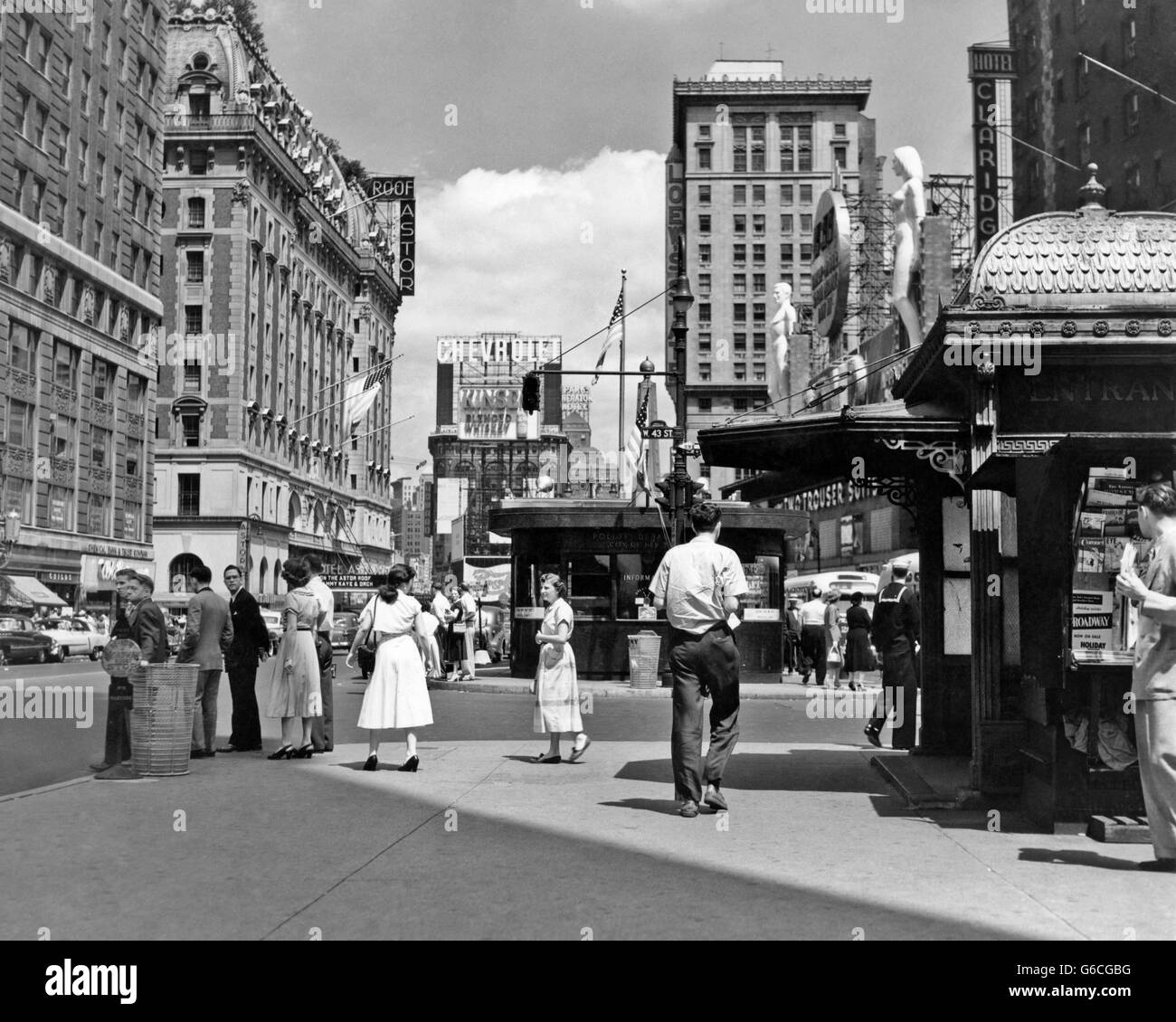
- Ford:
- Bonus-Built (1948-1952): Ford’s first post-war truck design, known for its distinctive horizontal grille bars and robust construction. The F-1 (half-ton) is the most common and popular.
- Effie (1953-1956): The second generation of the F-Series (F-100, F-250, etc.) introduced a more integrated, modern design. The F-100 from this era is arguably one of the most iconic and beloved classic trucks, famed for its clean lines and versatility.
- F-Series (1957-1959): Another redesign brought a lower, wider stance and more squared-off styling, continuing the F-Series legacy with improved comfort and power options.
:max_bytes(150000):strip_icc()/1779952-1950s-timeline-v2-5b902affc9e77c0050ba135c.png)
- Dodge:
- B-Series (1948-1953): Distinguished by their "Pilot-House" cabs, offering improved visibility. These trucks were known for their ruggedness.
- C-Series (1954-1960): A sleeker, more modern design than the B-series, available with Dodge’s famous Hemi V8 engines in later years.
- Power Wagon: While originating earlier, the civilian Power Wagon continued its production into the 1950s, remaining the ultimate in heavy-duty, off-road capability – a niche but highly coveted classic.
- GMC: Often mechanically similar to their Chevrolet counterparts, GMC trucks of the 1950s sometimes offered unique styling cues and engine options (like their own inline-sixes or V8s), making them a distinct choice for collectors.
- Others: Don’t overlook other manufacturers like Studebaker (e.g., the Transtar), Willys (Jeep trucks), and International Harvester (R-series, S-series). While parts might be scarcer, these can offer unique character and often a lower entry price.
Condition Categories: What to Expect and Look For
Understanding the different condition levels is crucial when browsing "1950’s Trucks For Sale," as it directly impacts price, required effort, and eventual enjoyment.
- Barn Find / Project Truck: These are typically found in neglected states, often non-running, with significant rust, worn interiors, and various mechanical issues. They represent the lowest entry price but demand the most time, skill, and financial investment for restoration. Ideal for experienced DIY enthusiasts or those planning a full custom build.
- Driver Quality: These trucks run, drive, and stop, making them immediately enjoyable. They might have cosmetic flaws (dents, faded paint, torn upholstery) and some minor mechanical quirks, but they are generally solid. This category offers a good balance for those wanting to enjoy their truck while gradually improving it.
- Partially Restored: Some work has been done (e.g., new paint, rebuilt engine), but the project is incomplete. While seemingly a good deal, exercise caution. Ensure the work done is of high quality and that the seller is transparent about what remains. Sometimes, these can be more challenging than a complete project if hidden issues arise from previous amateur work.
- Fully Restored / Show Quality: These trucks have undergone comprehensive, professional restorations, often to a condition better than original. Every component is addressed, from paint and body to engine, transmission, and interior. They command the highest prices and are suitable for collectors, show participants, or those who want a turn-key classic without the restoration hassle.
- Resto-Mod: A popular trend, these trucks retain their classic exterior but feature modern drivetrains (V8 swaps, automatic transmissions), updated suspensions, power steering, power brakes, air conditioning, and contemporary interiors. They offer the best of both worlds: vintage style with modern performance, reliability, and comfort. Prices vary widely based on the quality and extent of the modifications.
Where to Find 1950s Trucks For Sale
The digital age has made finding "1950’s Trucks For Sale" easier than ever, but traditional methods still hold value.
- Online Marketplaces:
- Dedicated Classic Car Sites: ClassicCars.com, Hemmings Motor News, Bring a Trailer (for higher-end, well-documented sales).
- General Automotive Sites: eBay Motors (be wary of scams, insist on in-person inspection), Craigslist (local finds, proceed with caution).
- Social Media: Facebook Marketplace and specialized Facebook groups (e.g., "1950s Ford Truck Owners," "Chevy Task Force Trucks") are excellent for community leads and direct seller interactions.
- Auction Houses: Reputable auctioneers like Mecum, Barrett-Jackson, and RM Sotheby’s frequently feature high-quality restored or rare 1950s trucks. Ideal for serious collectors.
- Specialized Classic Truck Dealers: These dealers often have a curated inventory, offer financing, and can provide pre-purchase inspections. They typically have higher prices but offer more security and convenience.
- Car Shows and Swap Meets: Attending local and national classic car shows and swap meets is a fantastic way to see trucks in person, talk to owners, and sometimes find hidden gems.
- Word of Mouth: Join local classic car clubs, visit restoration shops, and network with enthusiasts. You might uncover a truck that isn’t publicly listed yet.
Important Considerations Before Buying
Purchasing a 1950s truck requires careful thought beyond just the asking price.
- Rust: The Number One Enemy: This is paramount. Check the frame, cab corners, floor pans, fender wells, bed floor, and around windows. Surface rust is manageable, but structural rust is a major, costly repair. Bring a magnet to detect body filler over rust.
- Mechanical Condition:
- Engine: Is it original or swapped? Does it run smoothly? Listen for knocks, smoke, or unusual noises. Check for leaks.
- Transmission: Manuals should shift smoothly. Automatics (less common in early 50s trucks) should engage without harshness.
- Brakes: Are they drum or converted to disc? Check pedal feel. Safety first!
- Suspension and Steering: Look for worn bushings, leaky shocks, excessive play in the steering wheel.
- Electrical System: Often primitive. Check all lights, gauges, wipers, and horn. Rewiring is a common and recommended upgrade.
- Parts Availability: For popular models like the Chevy 3100 or Ford F-100, aftermarket parts and reproduction panels are widely available. For more obscure models, finding parts can be a significant challenge and expense.
- Documentation: Ensure the seller has a clear title in their name and that the VIN on the title matches the truck. Check for any liens. Service records, if available, are a bonus.
- Budget Beyond Purchase Price: This is critical. Factor in:
- Transportation: Getting the truck home.
- Registration, Taxes, Insurance: Varies by state. Classic car insurance is typically affordable.
- Immediate Repairs/Maintenance: Even a "driver" will likely need tune-ups, fluid changes, or tire replacements.
- Restoration Costs: If it’s a project, be realistic. Paint jobs alone can cost thousands, and full restorations can easily run into tens of thousands.
- Storage: Secure, dry storage is essential.
Tips for a Successful Purchase
- Do Your Homework: Research the specific model you’re interested in. Understand its common issues, quirks, and available modifications.
- Set a Realistic Budget: Not just for the purchase, but for the entire ownership experience. Add a contingency fund for unexpected issues.
- Inspect Thoroughly: Never buy sight unseen. Bring a knowledgeable friend, mechanic, or even hire a pre-purchase inspection service specializing in classics. Look underneath, check the frame, and open every door, hood, and tailgate.
- Test Drive: Drive the truck at various speeds. Listen for noises, feel for vibrations, and check steering and braking.
- Verify All Paperwork: A clear title is non-negotiable. Double-check VINs.
- Don’t Rush: There are always more "1950’s Trucks For Sale." If a deal feels too good to be true, it probably is. Patience pays off.
- Join a Community: Connect with online forums or local clubs dedicated to your chosen truck model. Owners are often a wealth of information, advice, and even parts leads.
1950’s Trucks For Sale: Estimated Price Guide
This table provides a general estimate. Actual prices vary significantly based on location, originality, specific year, options, and seller’s motivation.
| Model / Type | Year Range | Condition Category | Estimated Price Range (USD) | Key Characteristics / Notes |
|---|---|---|---|---|
| Chevrolet 3100 | 1947-1955 (1st) | Barn Find / Project | $3,000 – $10,000 | Iconic rounded design, high parts availability, often needs extensive rust repair. |
| Chevrolet 3100 | 1947-1955 (1st) | Driver Quality | $15,000 – $30,000 | Immediately enjoyable, may have cosmetic flaws, solid mechanicals. |
| Chevrolet 3100 | 1947-1955 (1st) | Fully Restored | $40,000 – $80,000+ | Meticulously restored, show-ready condition, better than new. |
| Chevrolet Task Force | 1955 (2nd)-1959 | Barn Find / Project | $4,000 – $12,000 | More modern styling, often with V8 options, good parts availability. |
| Chevrolet Task Force | 1955 (2nd)-1959 | Driver Quality | $18,000 – $35,000 | Good daily driver candidate, minor cosmetic/mechanical fixes needed. |
| Chevrolet Task Force | 1955 (2nd)-1959 | Fully Restored | $45,000 – $90,000+ | Top-tier restoration, often with upgraded components for drivability. |
| Ford F-1 (Bonus-Built) | 1948-1952 | Barn Find / Project | $3,500 – $10,000 | Distinctive grille, rugged, good parts availability, popular for street rods. |
| Ford F-1 (Bonus-Built) | 1948-1952 | Driver Quality | $16,000 – $32,000 | Reliable runner, classic workhorse appeal, minor issues. |
| Ford F-100 (Effie) | 1953-1956 | Barn Find / Project | $5,000 – $15,000 | Arguably the most iconic, clean lines, excellent parts support, highly sought after. |
| Ford F-100 (Effie) | 1953-1956 | Driver Quality | $20,000 – $40,000 | Popular choice for immediate enjoyment and gradual upgrades. |
| Ford F-100 (Effie) | 1953-1956 | Fully Restored | $50,000 – $100,000+ | Premium classic, often with custom touches or high-performance upgrades. |
| Dodge C-Series | 1954-1960 | Barn Find / Project | $2,500 – $8,000 | Unique styling, less common than Chevy/Ford, parts can be harder to source. |
| Dodge C-Series | 1954-1960 | Driver Quality | $12,000 – $25,000 | Distinctive alternative, often good value, may require more specialized mechanical knowledge. |
| Dodge Power Wagon | 1950s | Barn Find / Project | $10,000 – $30,000 | Ultimate rugged utility, niche market, highly collectible, extremely robust. |
| Dodge Power Wagon | 1950s | Restored / Resto-Mod | $60,000 – $150,000+ | Serious investment, often with modern off-road capabilities, commanding presence. |
| Resto-Mod (General) | 1950s | Highly Modified | $30,000 – $150,000+ | Varies wildly based on quality of build, components used, and level of customization. Combines vintage looks with modern performance. |
Frequently Asked Questions (FAQ)
Q1: Are 1950s trucks reliable for daily driving?
A1: Generally, no, not in their original form. While they can be made reliable for occasional driving, modern traffic demands better brakes, steering, and engine performance. A "resto-mod" with modern drivetrain and suspension components can make them very reliable for daily use, but this significantly increases the cost.
Q2: How much does it cost to restore a 1950s truck?
A2: Restoration costs vary wildly depending on the truck’s initial condition, the desired final quality (driver vs. show), and whether you do the work yourself or hire professionals. A full, professional, frame-off restoration can easily cost $50,000 to $100,000 or more, often exceeding the truck’s purchase price. DIY restorations can be much cheaper but require significant time and skill.
Q3: Are parts hard to find for 1950s trucks?
A3: For popular models like the Chevrolet 3100/Task Force or Ford F-1/F-100, parts availability is excellent. Many aftermarket companies specialize in reproduction body panels, interior components, mechanical parts, and upgrade kits. For less common makes and models (e.g., Studebaker, early Dodge), finding specific parts can be challenging and may require searching salvage yards or specialized collectors.
Q4: What’s the best 1950s truck for a first-time restorer?
A4: The Chevrolet 3100 (Advance Design) and Ford F-100 (Effie) are often recommended for first-time restorers due to their widespread popularity, excellent parts availability, large online communities, and relatively straightforward mechanical systems.
Q5: Do 1950s trucks hold their value?
A5: Yes, well-maintained, original, or professionally restored 1950s trucks, especially popular models, tend to hold or even increase in value over time. Their timeless appeal and limited supply contribute to their investment potential. Project trucks, however, may not always recoup the full cost of restoration.
Q6: Can I add modern amenities like power steering, power brakes, or AC to a 1950s truck?
A6: Absolutely! There’s a thriving aftermarket industry offering kits and components to upgrade 1950s trucks with modern conveniences. Common upgrades include disc brake conversions, independent front suspensions with power steering, V8 engine swaps, automatic transmissions, and integrated air conditioning systems, transforming them into comfortable cruisers.
Conclusion
The pursuit of "1950’s Trucks For Sale" is more than a transaction; it’s an embarkation on a journey into automotive history, a commitment to craftsmanship, and an expression of individual style. Whether you dream of a meticulously restored showstopper, a reliable weekend cruiser, or a high-performance resto-mod, the iconic trucks of the 1950s offer a rewarding experience unlike any modern vehicle. With careful research, a realistic budget, and a passion for vintage iron, you can find your perfect piece of the past and enjoy the timeless appeal of these truly American machines. The road awaits, and a 1950s truck is ready to take you there.
